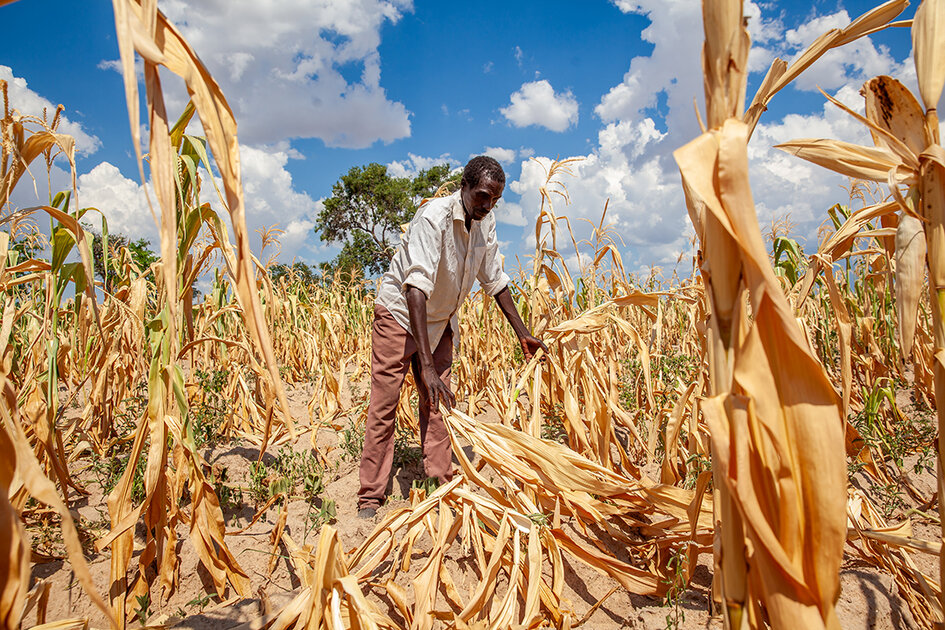Hopes for much-needed rain in southern Africa are fading as forecasts for La Niña weaken, casting doubt on relief for the region following last season’s devastating El Niño-driven drought.
Initially, farmers in southern Africa were optimistic that La Niña would bring heavy rains to reverse the drought’s impact. However, recent forecasts predict either weak or neutral conditions, raising fears of another difficult agricultural season from October 2024 to March 2025.
Last season’s intense El Niño event ravaged crops across southern Africa, particularly maize, leaving millions dependent on food aid.
There were hopes that La Niña would bring timely rains to the region, but with the outlook now downgraded, the chances of a strong harvest appear to be shrinking.
According to the Australian Bureau of Meteorology, the likelihood of a La Niña forming in 2024 has decreased, suggesting only weak and short-lived rains if it does emerge, with neutral conditions expected by February.
Other global forecasters have echoed this sentiment, lowering their predictions for La Niña’s strength and duration.
Despite this, forecasters like the South African Weather Service predict wet conditions over parts of South Africa early in the summer, but regions such as Limpopo, Mpumalanga, and northern KwaZulu-Natal remain at risk of continued dryness.
With warmer than usual temperatures expected across the region, the rains would be a welcome reprieve after El Niño’s destruction.
The food insecurity crisis is worsening across southern Africa, with the UN World Food Programme estimating that 27 million people across seven countries are now in need of food aid.
The Famine Early Warning Systems Network (FEWS NET) warned in August that hunger levels had reached unprecedented heights due to the ongoing impact of El Niño, with over 30 million people, primarily in Zimbabwe, Zambia, and Malawi, expected to require food aid until March 2025.
Although South Africa is in a better position compared to its neighbors, its agricultural sector has not escaped unscathed.
The country’s Crop Estimates Committee has reduced its maize forecast for the 2023/24 season by 2%, with the harvest now projected to be 22% lower than last year’s bumper crop.
South Africa is still expected to export around 1.9 million tonnes of maize in the 2024-25 marketing year, but the regional demand far outweighs this supply.
While average rainfall this summer could still mitigate some of the drought’s impact, the region desperately needs heavy rains to restore moisture levels and replenish water reserves.
Earlier forecasts of a strong La Niña had raised hopes for recovery, but it now seems those expectations were overly optimistic.
The region faces a challenging future, with food assistance needs expected to rise, particularly in areas hardest hit by El Niño, such as Zimbabwe, Malawi, and Mozambique, as well as conflict zones in the Democratic Republic of Congo.
Without significant intervention, the food insecurity crisis could deepen as millions struggle to cope with another season of poor harvests.


